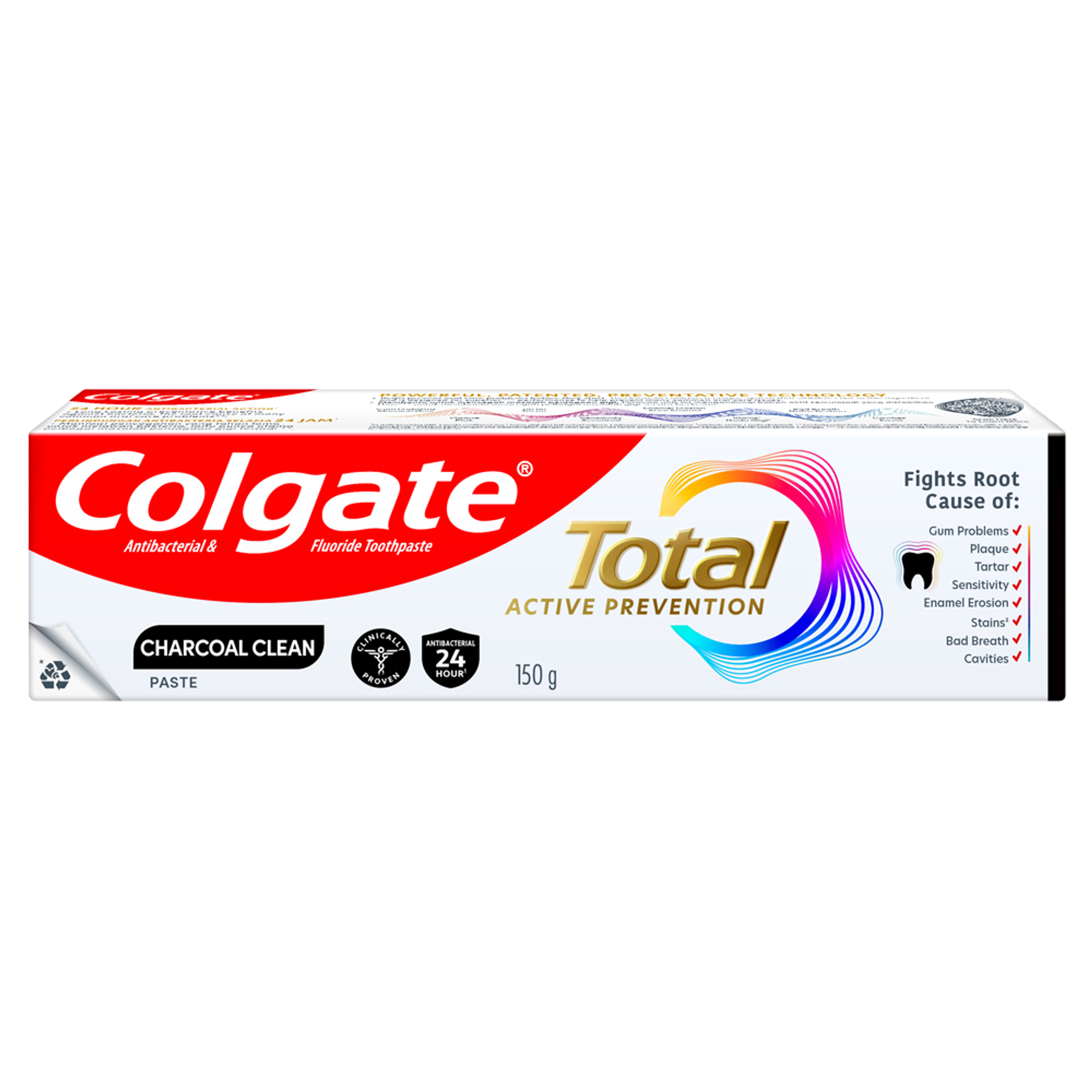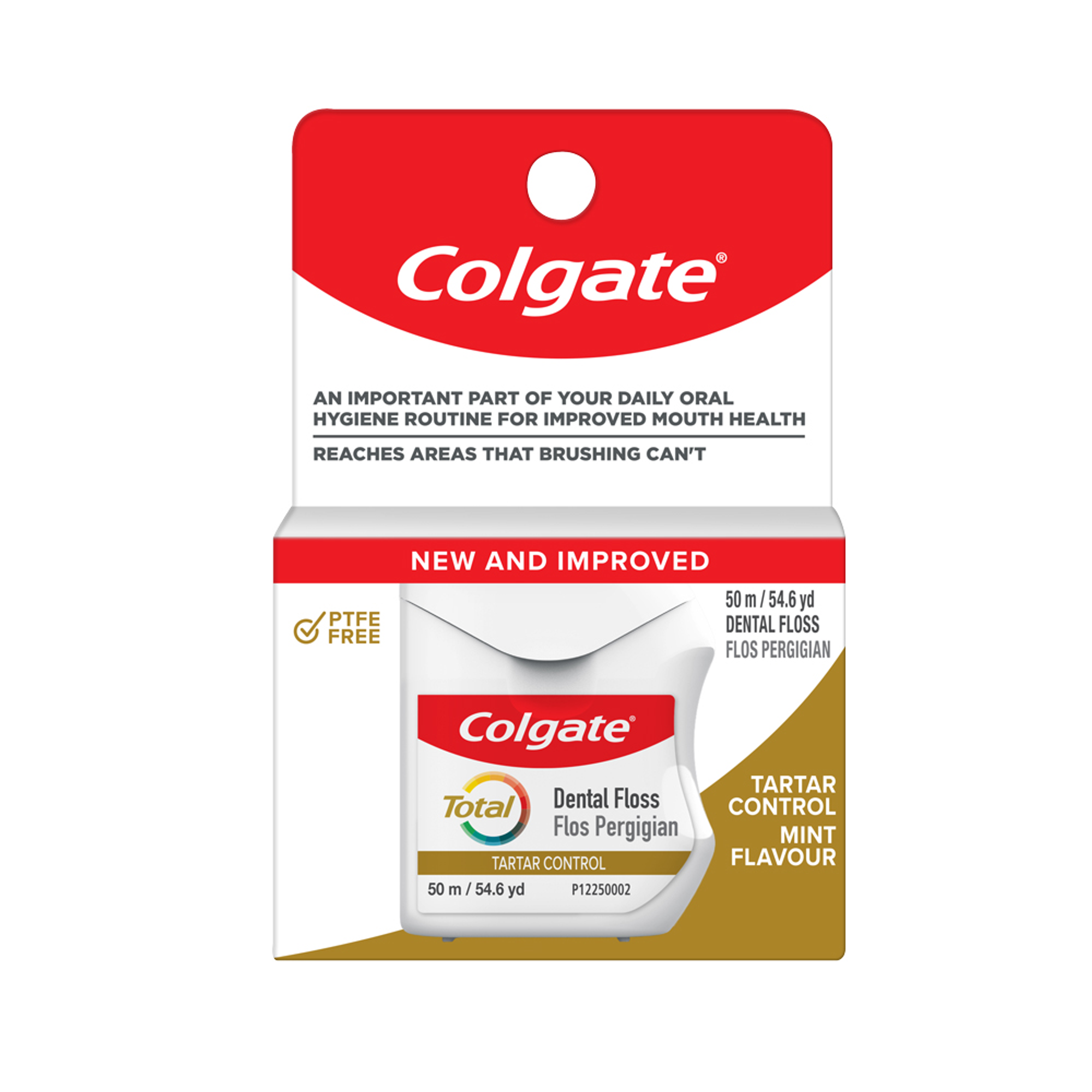Read on to learn more about calculus, its causes, symptoms and impact on oral health. Learn when to see a dental professional and the treatment options available. Discover insights on how to avoid tartar build up in the mouth for healthy teeth and gums.
What is Tartar?
If you are wondering what is tartar, it is worth knowing what dental plaque is. Tartar is a hardened form of plaque that sticks to your teeth and gumline. Dental plaque is a soft and sticky film of bacteria and food particles. It often deposits on tooth surfaces, in between teeth and along the gumline. If not removed with proper oral care, it combines with saliva and hardens over time, becoming tooth calculus.
Plaque goes away with daily brushing and flossing, whereas calculus does not. Removing calculus deposits from teeth and the gumline needs professional cleaning by a dental hygienist.
How Does Tartar Form on Teeth
Tartar does not occur overnight. It begins as plaque deposits on teeth and the gumline. Plaque forms constantly in the mouth as a soft, sticky layer of bacteria and leftover food debris, especially following a meal. Moreover, when you eat or drink sugary or starchy foods, the bacteria in plaque feed on the leftover food particles. This releases acids that erode the tooth enamel.
If plaque is not removed through brushing and flossing, it mixes with minerals like calcium in the saliva and begins to harden over time. Typically, within about 24 to 72 hours, the hardened plaque or tartar bonds tightly to the enamel and gumline. It often results in yellow tartar teeth stains by absorbing stains from your diet. Unlike plaque, tartar does not go away with your oral care routine and requires professional dental cleaning for removal.
Major Symptoms of Tartar
Tartar buildup may not be obvious as it begins with plaque deposits. However, as plaque on teeth hardens, you may notice several warning signs. Plaque is soft, colourless and sticky. It goes away with regular and proper brushing, flossing and rinsing with mouthwash. Plaque accumulates with poor oral hygiene and a sugary diet. Once it hardens, it becomes a rough patch that does not go away with brushing.
Besides, it absorbs stains from your diet, giving a yellow or brown appearance to teeth. Distinguishing the signs of plaque vs tartar, helps you take proactive care to avoid its buildup and potential oral problems. Here are the key signs of calculus to watch out for:
Discolouration: You might notice a yellow or brown coating, especially along the gumline.
Rough patches: Calculus feels rough when you run your tongue along the teeth. A gritty surface is often a sign that tartar has formed.
Visible buildup: In severe cases, you may notice thick deposits on the teeth and along the gumline.
Bad breath: Calculus allows more plaque and bacteria to stick on. The trapped bacteria release foul-smelling compounds, causing bad odour in the mouth.
Gum irritation: Tartar can irritate your gums. This can result in red, sore, swollen and bleeding gums. These are typically the early signs of gum disease (gingivitis).
Receding gum: Over time, calculus buildup can make the gums pull away from the teeth, causing gum recession.
Why is Tartar Bad For Your Teeth?
Tartar is more than just a cosmetic issue—it poses serious risks to your dental health. Once it forms, it creates a rough surface where more plaque and bacteria can accumulate. This can potentially lead to a cycle of dental problems if not treated beforehand. Preventing the formation of calculus is key. Otherwise, it can cause the following implications on your dental health:
Stains: Hardened plaque deposits easily absorb stains from coffee, tea and pigmented food. This makes your teeth appear yellow or brown.
Difficult cleaning: Needs professional dental cleaning. Calculus becomes a rough and stubborn patch that does not go away with regular brushing and flossing.
Cavities: Hardened plaque traps harmful bacteria that produce acids. These acids gradually wear down the tooth enamel, leading to tooth decay and cavities.
Periodontal disease: Bacteria in the buildup infect and irritate the gums. This causes gingivitis (early gum disease). With untreated calculus, it can worsen to a more serious form, periodontitis, which can potentially cause tooth loss.
Tooth sensitivity: Dental calculus buildup causes the gums to recede exposing the tooth roots and causing sensitivity. Besides, bacteria in the deposits release acids that erode the enamel. This makes the teeth sensitive to hot and cold food.
Persistent bad breath: Dental calculus traps harmful germs that release foul-smelling compounds. As a result, you may experience a persistent bad smell in the mouth regardless of your dental care routine.
Tartar Management and Treatment
Unlike plaque, tartar cannot be removed with regular brushing and flossing. Hence, if you are wondering how to remove tartar from the teeth, consulting a dentist is crucial. They can offer effective ways to manage the condition and prevent it from worsening. Treatment for tartar can vary depending on the extent of the buildup and your unique oral conditions. Professional treatments for tartar include:
Dental cleaning: Typically, this is scaling offered in a regular dental visit. It uses a special instrument to remove tartar from the teeth and gumline.
Deep cleaning: It involves scaling and root planing. This method treats deeper calculus deposits and early signs of gum disease. Scaling removes tartar below the gumline and root planing smooths the tooth roots for the gums to heal and re-attach to teeth.
How to Prevent Tartar from Teeth
Tartar control and prevention begin with proactive care. That way you can avoid potential oral health issues and the need for extensive treatments later. While considering how to avoid tartar buildup, it is vital to prevent the buildup of plaque in the mouth. This necessitates good oral hygiene practices and changes in diet and lifestyle. You may consider the following tips to check plaque and calculus buildup in the mouth:
Brushing: Brush your teeth twice daily to remove plaque before it hardens. Fluoride toothpaste with a germ-fighting formula helps kill bacteria that contribute to plaque. Dentistry recommends using soft bristles on a manual or an electric toothbrush for gentle, effective cleaning.
Floss daily: It is important to remove plaque hiding between teeth, where it is hard for the brush to reach. Flossing once daily helps prevent plaque from accumulating between teeth and hardening over time. You may use a dental floss or an interdental toothbrush.
Rinsing: Rinse your mouth with an antibacterial mouthwash. This can help resist harmful bacteria and reduce plaque to minimise tartar formation.
Watch your diet: Limit the intake of food rich in carbohydrates, starches and sugar. Their residues feed bacteria, promoting plaque and calculus buildup amidst poor oral hygiene. Rinse thoroughly with water after each meal.
Make lifestyle changes: Some habits like smoking and chewing tobacco promote plaque and tartar buildup. They reduce immunity and saliva flow, promoting harmful oral bacteria and letting plaque harden into tartar faster.
Stay hydrated: Drink enough water throughout the day. It helps wash away food particles and bacteria while promoting adequate saliva flow. Hydration prevents dry mouth and potential oral health problems.
Dental visits: Visit your dentist every six months. Regular dental cleanings remove plaque that escapes your daily oral care. It also helps detect and remove tartar, helping avoid the potential implications of leaving it untreated.
When to See a Dental Professional
Regular dental checkups are important for good oral hygiene. Visiting a dentist every six months helps detect and prevent dental issues, and keeps your teeth and gums healthy. Routine dental cleanings are necessary to remove plaque deposits that your daily dental care missed. So, while considering how to keep tartar off teeth, regular dental visits are crucial. Moreover, only professional dental cleaning can help with calculus removal. Visit a dentist if you notice yellow or brown tartar buildup, persistent bad breath, or swollen or bleeding gums.
Apart from a cosmetic concern, tartar attracts oral health issues if left untreated. Knowing the symptoms lets you take the right step by consulting a dentist to treat it. While considering how to prevent tartar build up, removing plaque with proactive dental care is crucial. Regular brushing, flossing, rinsing and changes in diet and lifestyle are key. Regular dental checkups help catch and treat dental calculus early on to prevent its buildup and protect your healthy smile.
Frequently Asked Questions
What is the difference between dental plaque and tartar?
Plaque is a colourless, soft, sticky film of bacteria that forms on teeth and goes away with proper, regular brushing and flossing. Tartar is hardened plaque on the teeth and along the gumline. It is rough, absorbs stains that cause calculus teeth stains and needs professional dental cleaning for removal.
What happens if tartar is not removed?
Calculus creates a rough surface where more plaque and bacteria thrive. Untreated tartar can increase the risk of oral health problems like bad breath, tooth stains, cavities and gum disease that potentially leads to tooth loss.
Is removing tartar yourself safe?
No, removing tartar at home or by yourself is not safe. Though DIY methods may tempt you, they can damage your enamel and gums. Only a dental professional can safely remove tartar using special methods and tools. Hence, while considering how to remove tartar buildup, consulting your dentist is the best.
Do gums grow back after tartar removal?
Gums that recede from teeth due to tartar buildup do not grow back. However, they can heal and reattach to teeth after tartar removal. Proper oral care and professional treatment can help improve gum health and prevent further gum recession.














